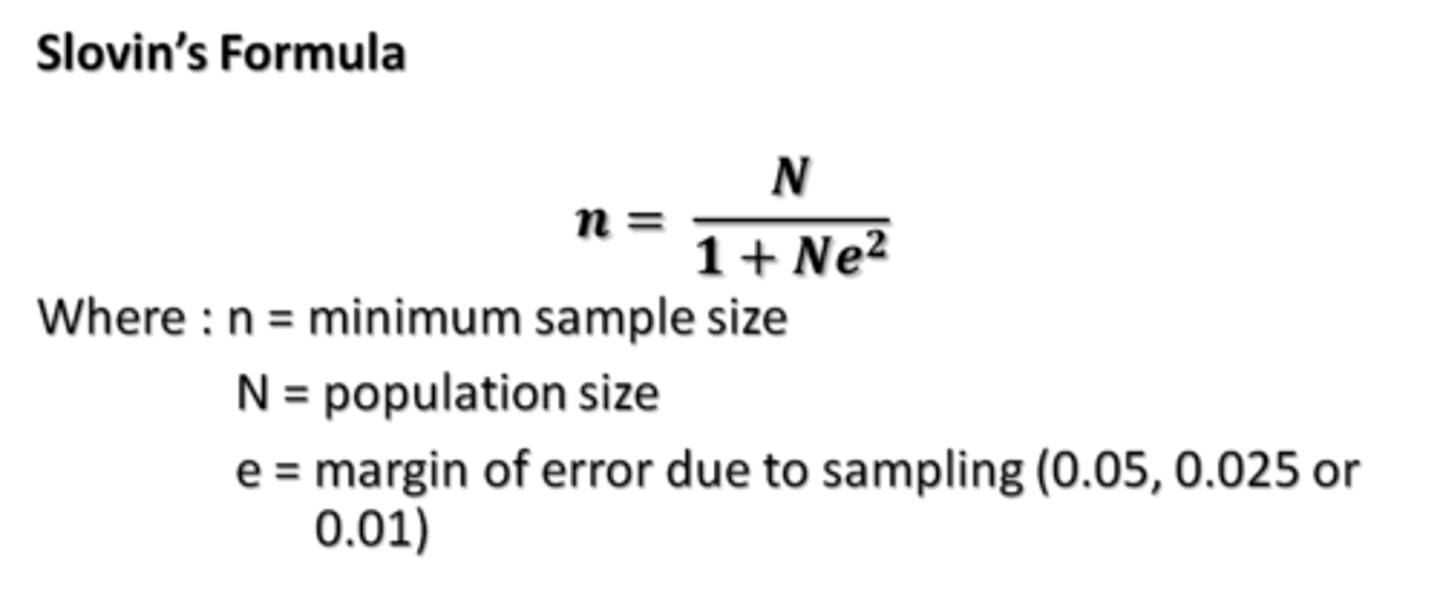PR1 (Definition, importance, kinds of research, types of data, sampling and ethics of research)
1/40
There's no tags or description
Looks like no tags are added yet.
Name | Mastery | Learn | Test | Matching | Spaced |
|---|
No study sessions yet.
41 Terms
Basic Research
-contributes by advancing knowledge or understanding as well as theoretical understanding or academic thinking within a particular discipline
Applied Research
-uses knowledge acquired through research to contribute directly to the understanding or resolution of any contemporary issue
-experimental in nature
Exploratory research
seek to test feasibility; scope out magnitude/extent of the phenomenon
Descriptive research
make careful observations and detailed documentation
Explanatory research
seeks to explain phenomena
Inductive research
theory building; based on facts/observed evidences: qualitative research
Deductive research
theory testing; draws conclusions about a phenomenon/behavior: quantitative research
Research design
a blueprint for collection, processing measurement, and analysis of data
Research methods
techniques and tools for gathering data/evidence
Research methodology
bridges ontological and epistemological assumptions
Data
any information that has been observed and collected to validate research findings and use as bases for drawing conclusions
Primary data
provide raw and first-hand information
observation
interview
questionnaire
Non-participant observation
when the researcher observes behavior without participating in that behavior
participant observation
the observer takes part in the situation being observed while carrying out the research
Hawthorne effect
Individuals modify or improve an aspect of their behavior in response to their awareness of being observed.
Focus Group Discussions (FGD)
gather participants from similar backgrounds or experiences to discuss a specific topic or phenomenon
structured interview
questions are prepared; predetermined questions
unstructured interview
no predetermined list of questions; follows the flow of the interview
Semi-structured interview
has predetermined questions but doesn't necessarily follow
Questionnaire
set of questions for gathering info
Secondary data
data that are usually second-hand information, discussion, and analysis from other writers and researchers.
(books, thesis, dissertation, etc.)
Population (N)
a large collection of individuals that have a common characteristic or trait and are the main focus of a scientific query
Sample size (n)
the subset of the population being studied. It represents the larger population and is used to draw inferences about the population.
Slovin's Formula

Probability sampling
has equal probability of being chosen
Simple random sampling
each member of the population has an equal chance of being selected
Systematic random sampling
A method of sampling in which sample elements are selected from a list
Stratified random sampling
sample represents specific subgroups or strata(section/batch)
cluster random sampling
dividing the total population into groups (or clusters), then using simple random sampling to select which clusters participate; all observations in a selected cluster are included in the sample
Non probability sampling
uses nonrandomized methods to draw a sample
Convenience sampling
includes the individuals who happen to be most accessible to the researcher.
Purposive sampling
a group of non-probability sampling techniques in which units are selected because they have characteristics that you need in your sample.
Quota sampling
it relies on the non-random selection of a predetermined number or proportion of units
Snowball sampling
A recruitment technique in which research participants are asked to assist researchers in identifying other potential subjects.
Ethics
standards for conduct that distinguish between right and wrong
Ethical principles of research
guidelines for the responsible conduct of research
Respect for persons
-Participants/respondents/subjects should voluntarily agree to participate/join the research (consent form)
-They must be provided with complete information about the research process and decide on their own whether to voluntarily participate or not
-Young children, people who are very ill, or those with mental disabilities.
> These people cannot decide on their own: if they need to involve them in research, their parents or guardians will sign on their behalf.
Beneficence
>Doing no harm
>Researchers have a moral duty to promote the course of action that they believe is in the best interests of the participants,respondents,subjects
Justice
>justice in research means being fair in the recruitment of participants
>never include people that are vulnerable and less able to decline participating,because they scared of saying 'no'
confidentiality
identity remains secret
Anonymity
not known to researchers